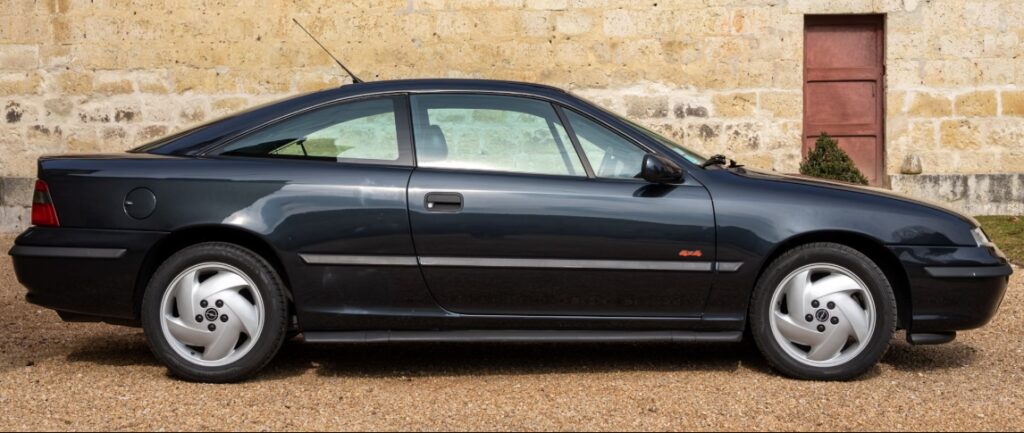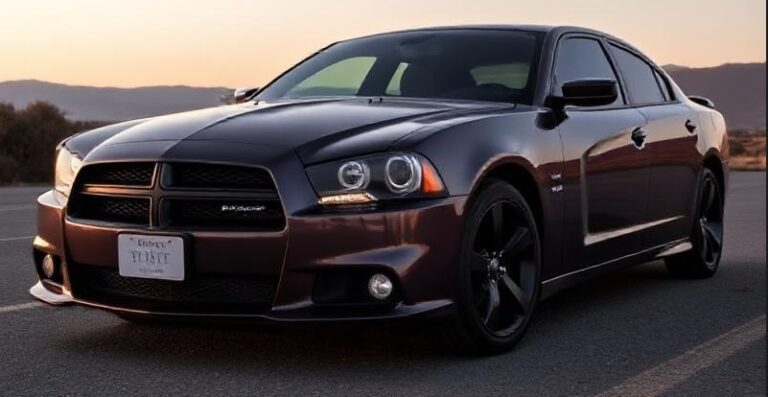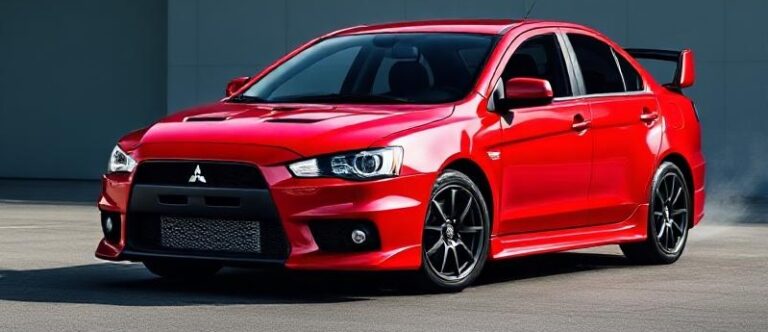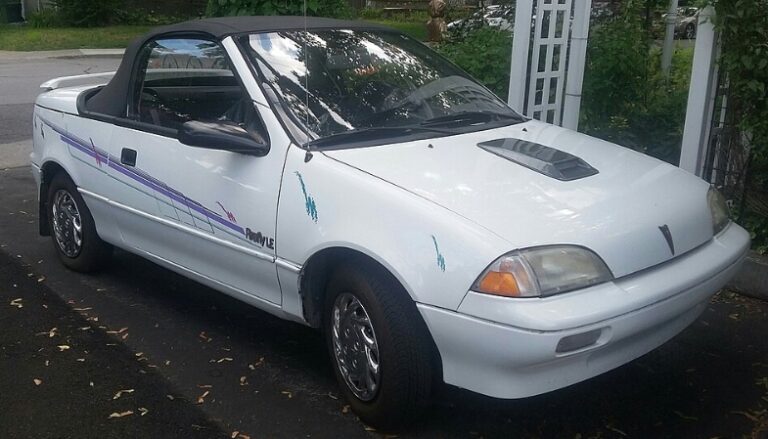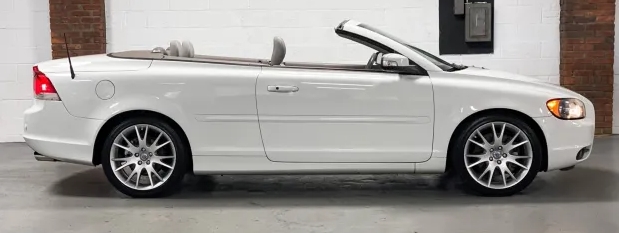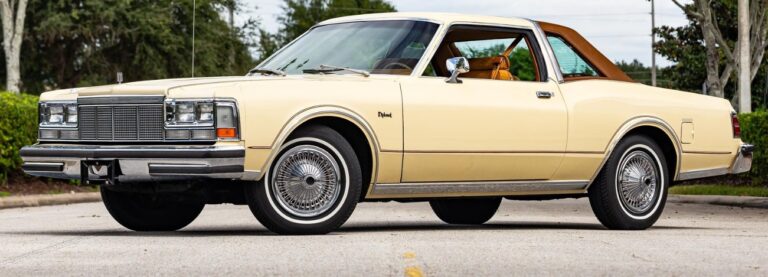The Evolution of the Opel Calibra
The Opel Calibra stands as a notable chapter in automotive history, representing Opel’s foray into the sporty coupe market during the late 20th century. Known for its sleek design, innovative features, and engineering prowess, the Calibra remains a beloved classic among car enthusiasts. This article traces the full evolution of the Opel Calibra, covering its production timeline, model variants, and trim levels.
Introduction and Background
Launched by German automaker Opel (a subsidiary of General Motors) in 1989, the Opel Calibra was designed to compete in the burgeoning sports coupe segment. Its development aimed to combine sporty aesthetics with advanced engineering, targeting buyers seeking style and performance. The Calibra was built at the Bochum plant in Germany and shared its platform with the Vauxhall Astra F, underlining its roots in compact car engineering.
The name “Calibra” was derived from the Latin “calibrus,” meaning “to measure,” emphasizing precision and performance. Over its production run, the Calibra underwent several updates and variants, culminating in its discontinuation in 1997.
Production Timeline
| Year | Model Range and Changes |
|---|---|
| 1989 | Introduction of the Opel Calibra (initial models) |
| 1992 | Facelift and minor updates; introduction of new engine options |
| 1994 | Further refinements; addition of special editions and trims |
| 1997 | End of production; final models and variants |
The Original Launch (1989)
Introduction:
The Opel Calibra was officially launched in 1989 as a 1990 model year vehicle. It was developed as a successor to the Opel Manta and was positioned as a sporty, aerodynamic coupe aimed at European markets. The design was penned by the renowned automotive designer Wayne Cherry, emphasizing sleek, flowing lines and a low, coupe profile.
Initial Models and Trim Levels:
At launch, the Calibra was available in several trim levels, which varied by market but generally included:
- Opel Calibra GL:
The base trim, equipped with a 2.0-liter inline-four engine producing approximately 115 horsepower. It offered essential features such as cloth upholstery, manual windows, and basic audio systems. - Opel Calibra L:
A mid-range variant with added comfort and convenience features, including power steering, upgraded interior trims, and improved audio options. - Opel Calibra 2.0i 8V:
The 8-valve version of the 2.0-liter engine, offering modest performance suitable for everyday driving.
Engine Options at Launch:
- 2.0L 8V Inline-4 (115 hp)
- 2.0L 16V Inline-4 (around 150 hp) — introduced later in 1990 as an upgrade
- 2.0 Turbo (around 204 hp) — performance flagship introduced in 1990
Early Years and Performance Variants
Introduction of the Turbo Model (1990):
The 2.0 Turbo became the most iconic model in the Calibra lineup. It featured a Garrett turbocharger, intercooler, and fuel management enhancements, delivering approximately 204 horsepower and enabling a 0–60 mph time of around 6.5 seconds. The Turbo also featured sportier suspension, larger wheels, and distinctive styling cues like a rear spoiler and unique badging.
Special Editions (Early 1990s):
- Calibra 4×4:
Introduced in 1991, this version combined the turbocharged engine with Opel’s all-wheel-drive system, enhancing traction and handling. It was a limited-production model, mainly aimed at enthusiasts. - Calibra 2.0i 16V:
Launched in 1990, this model featured a high-revving 16-valve engine offering increased power (~150 hp) and refined performance.
Mid-Production Updates (1992)
Facelift and Cosmetic Changes:
In 1992, Opel introduced a mild facelift to the Calibra, updating its front and rear styling. Changes included:
- Redesigned front bumper and grille
- New headlights with clearer lenses
- Slightly tweaked taillights
- Interior upgrades, including improved dashboard and trim materials
Engine and Trim Enhancements:
- The 2.0L 8V engine was refined for better efficiency.
- The 2.0L 16V engine received a power bump to approximately 150 hp.
- The turbocharged variants retained their high-performance reputation but saw minor tuning improvements.
Introduction of New Trims:
- Calibra 1.6:
Entry-level model with a 1.6-liter engine (~100 hp), aimed at budget-conscious buyers. - Calibra 2.0i 16V:
Continued as a sporty option with upgraded interior features. - Calibra Turbo 4×4:
The all-wheel-drive turbo model gained popularity among enthusiasts.
Further Refinements and Special Editions (1994-1995)
Performance and Handling:
The 1994 model year saw subtle improvements:
- Slightly increased engine outputs due to tuning and emissions regulations.
- Enhanced suspension for improved ride and handling.
Special Editions:
- Calibra Limited Edition:
Featuring unique paint schemes, interior trims, and badges. - Calibra “Sport” and “Euro” Editions:
These models often included sportier suspension, unique wheels, and interior upgrades.
Trim Levels and Variants:
- Calibra 1.6i:
Basic, economical version. - Calibra 2.0i 8V and 16V:
Mainstream sporty options. - Calibra Turbo:
The high-performance model, with 204 hp, sport-tuned suspension, and distinctive styling. - Calibra 4×4 Turbo:
Combining turbo power with all-wheel drive for enhanced traction.
The Final Years and Discontinuation (1996-1997)
Major Changes:
By the mid-1990s, the Calibra’s sales declined as newer competitors entered the market. Opel focused on refining the existing models:
- Minor cosmetic updates, including new wheel designs and interior finishes.
- Slight engine modifications to meet emission standards.
Limited Editions and End-of-Line Models:
- Calibra 20V Turbo:
The final high-performance variant, featuring a 2.0-liter turbocharged engine with 204 hp, was available until 1997. - Calibra Limited:
Special edition models with unique paint and interior details to mark the end of production.
End of Production:
The Opel Calibra’s production officially ceased in 1997 after approximately eight years of manufacturing. Its successor was never directly replaced, but the Calibra’s sporty ethos influenced later Opel models.
.
THIS might be a great place to get your new car from!
Or for those who are into the “car flipping” business, here’s an excellent resource for you!

.
Summary of Models and Trim Levels Throughout Production
| Year | Notable Models & Variants | Engine Options | Notable Features |
|---|---|---|---|
| 1989-1992 | GL, L, 2.0i 8V, 2.0i 16V, Turbo | 1.6L, 2.0L 8V, 2.0L 16V, 2.0L Turbo | Aerodynamic design, initial sporty features |
| 1992-1994 | Updated trims, introduction of 4×4 Turbo, special editions | Same engines with slight tuning, 4×4 Turbo added | Cosmetic facelift, enhanced performance |
| 1994-1997 | Limited editions, final high-performance models | 2.0L Turbo (204 hp), 20V Turbo variants | Final refinement, end of production |
Legacy
The Opel Calibra remains a symbol of late-80s and early-90s automotive design and engineering. Its combination of aerodynamic styling, turbocharged performance, and innovative features secured its place in automotive history. The Calibra is still celebrated today by collectors and enthusiasts who appreciate its distinctive design and spirited driving experience.
In conclusion, the Opel Calibra’s evolution from its launch in 1989 to its discontinuation in 1997 showcases a vehicle that adapted to market trends, technological advancements, and consumer preferences. From modest beginnings as a sporty coupe to a high-performance turbo model, the Calibra’s legacy endures as a classic example of Opel’s engineering and design excellence.
